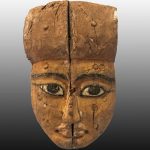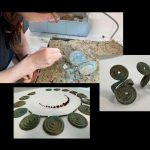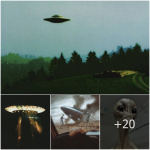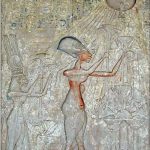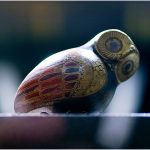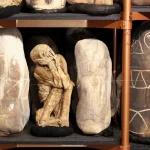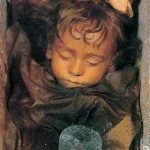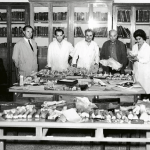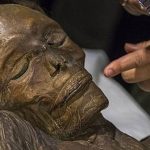Researchers at Los Villaricos Discover a 6.5-foot coffin with geometric and ivy leaf designs, most likely dating to the sixth century C.E., in the Pristine Sarcophagus Unearthed at Roman Villa in Spain.

In a remarkable archaeological discovery, researchers excavating the Roman ruins at Los Villaricos in southern Spain have unearthed a perfectly preserved sarcophagus. This 6.5-foot-long coffin, adorned with intricate geometric patterns and interlocking ivy leaves, offers a fascinating glimpse into the art and burial practices of the late Roman and early medieval periods.
The sarcophagus is believed to date back to the sixth century C.E., a tumultuous era marked by the decline of the Roman Empire and the subsequent invasions by Germanic tribes, including the Visigoths. These tribes, once peripheral to the Roman world, took advantage of the empire’s weakened state to expand their territories. The Visigoths, in particular, played a significant role in the history of the Iberian Peninsula, establishing a kingdom that would endure until the early eighth century.
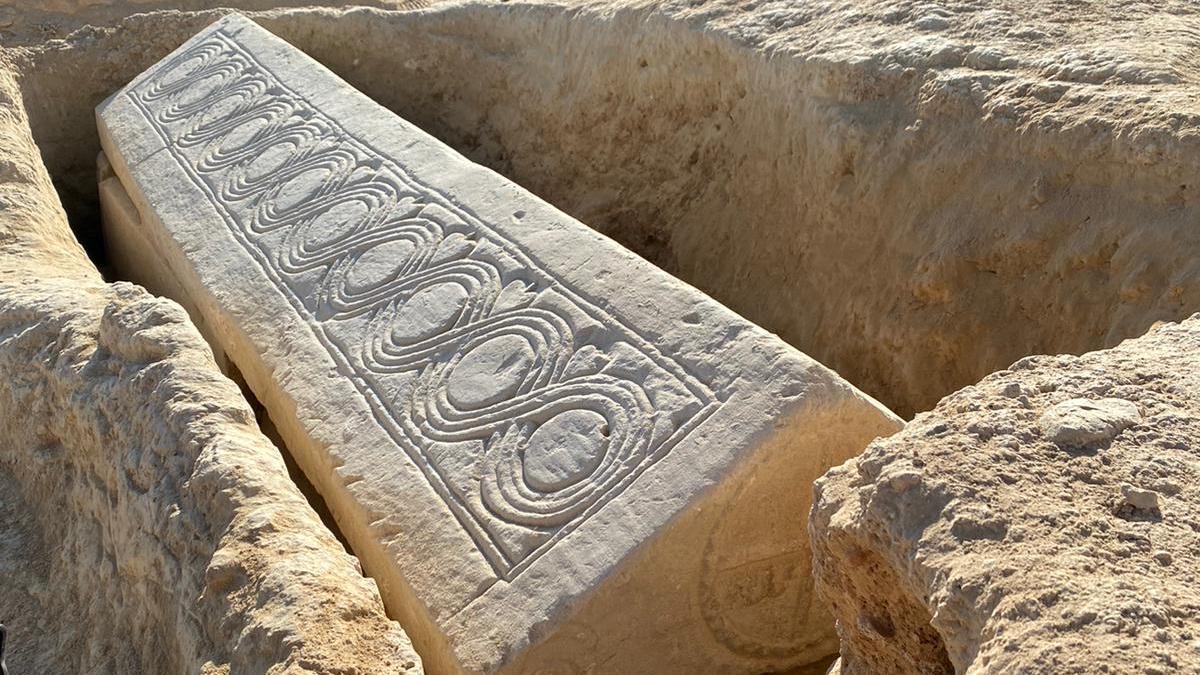
The discovery at Los Villaricos sheds light on a period of significant cultural and political transition. The sarcophagus itself is a testament to the enduring influence of Roman artistic traditions, even as the empire’s political control waned. The geometric patterns and interlocking ivy leaves that adorn the coffin are characteristic of Roman decorative motifs, symbolizing eternity and the natural world. These designs suggest a continued reverence for Roman art and symbolism among the local population, even as they adapted to new rulers and cultural influences.
The preservation of the sarcophagus is particularly noteworthy. The coffin’s pristine condition allows researchers to study its design and craftsmanship in great detail, providing valuable insights into the funerary practices of the time. The sarcophagus was likely intended for a person of high status, possibly a local elite or a member of the Visigothic ruling class who had adopted Roman customs. The use of such an elaborately decorated coffin indicates a blending of cultural traditions, where the local inhabitants maintained Roman artistic and architectural influences while under the rule of the Visigoths.
The site of Los Villaricos itself is an archaeological treasure trove. Originally a Roman villa, the site has yielded numerous artifacts that illustrate the daily life, economic activities, and social structures of its inhabitants. The villa’s extensive ruins include residential quarters, workshops, and agricultural facilities, reflecting the complex and self-sufficient nature of Roman estates. The discovery of the sarcophagus adds a new dimension to our understanding of the site’s history, suggesting that it continued to be an important and affluent settlement well into the early medieval period.
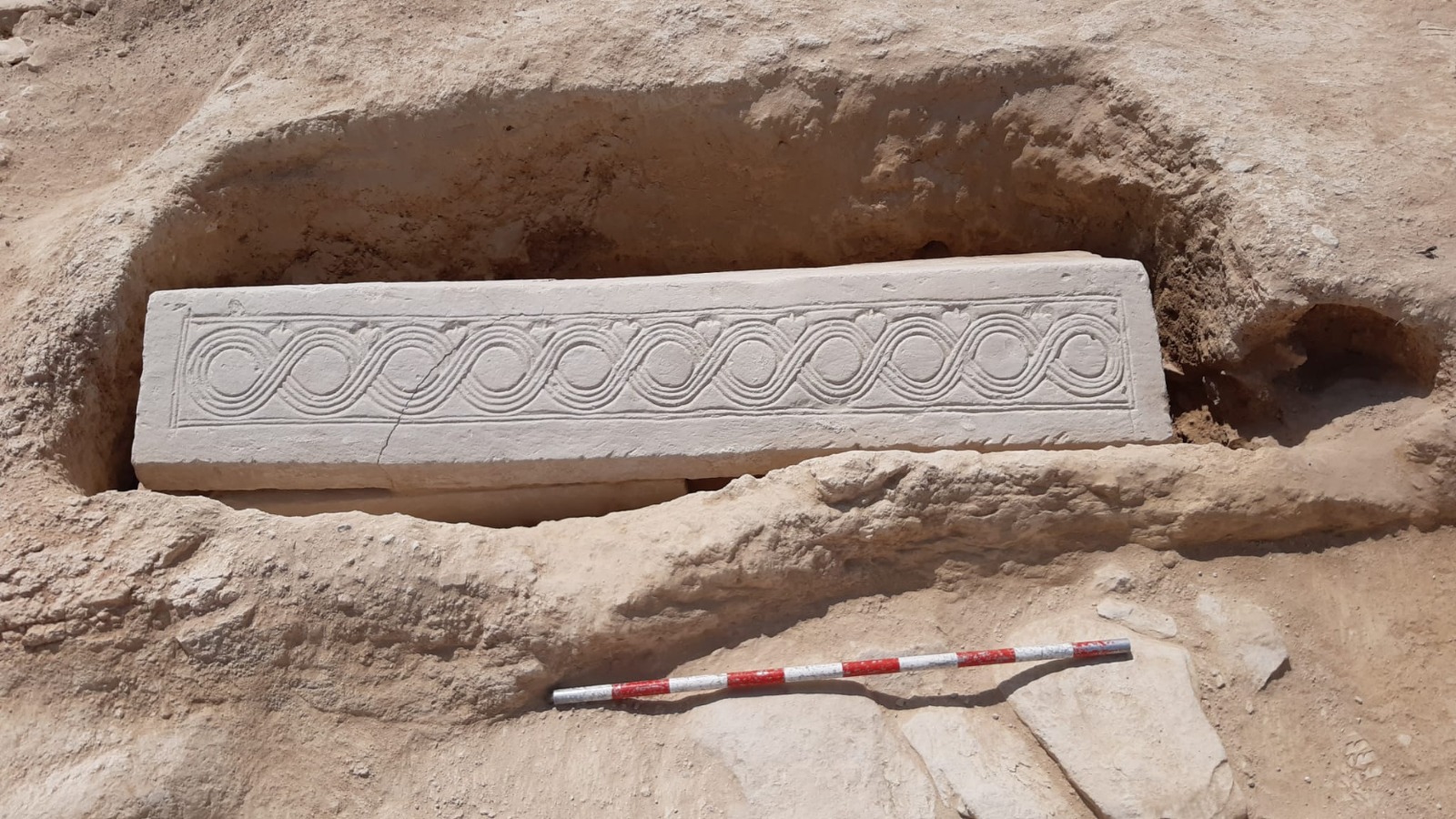
The sarcophagus discovery also underscores the importance of archaeological preservation and meticulous excavation. Each artifact uncovered at Los Villaricos helps to piece together the complex mosaic of Spain’s past, from its Roman foundations to its Visigothic and later medieval transformations. The careful analysis of the sarcophagus will provide further evidence of how these cultural transitions were navigated and negotiated by the local population.
In conclusion, the perfectly preserved sarcophagus found at the Roman villa in Los Villaricos is a significant archaeological find that illuminates a pivotal period in Spanish history. The coffin’s intricate designs and excellent state of preservation offer a rare opportunity to study the confluence of Roman and Visigothic cultural influences. As researchers continue to excavate and analyze this and other artifacts from the site, we can expect to gain a deeper understanding of the dynamic and multifaceted history of southern Spain during the late antiquity and early medieval periods. This discovery not only enriches our knowledge of the past but also highlights the enduring legacy of Roman art and culture in shaping the heritage of the region.

